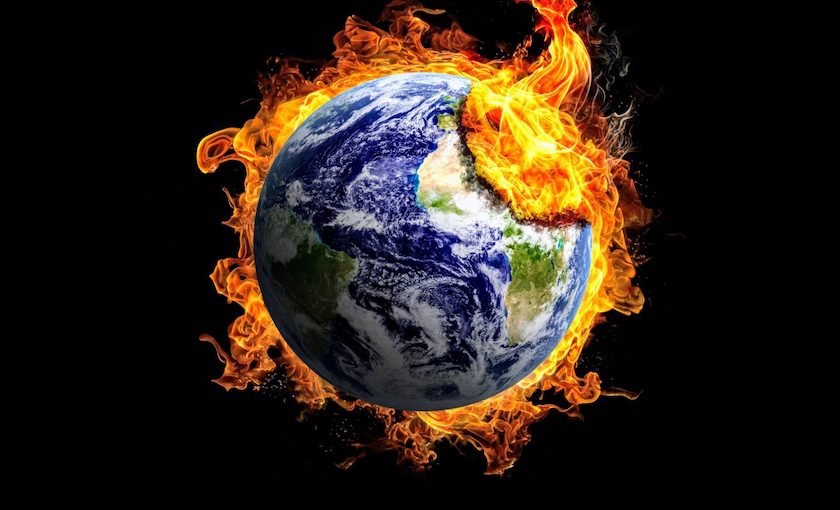The world is facing a serious warning in the fight against climate change. Top scientific agencies are now saying that the average global temperature is likely to cross the 1.5°C mark above pre-industrial levels within the next five years. This limit, set by the 2015 Paris Climate Agreement, is seen as a crucial line to avoid the most dangerous effects of global warming. Crossing this line would mean a deeper climate crisis, with big impacts on people, economies, and nature everywhere.
Rising Temperatures and Growing Risks
According to the World Meteorological Organization (WMO), there is now a 70% chance that the average global temperature between 2025 and 2029 will go above 1.5°C compared to the period before the industrial revolution. The WMO also says there is an 86% chance that at least one year in this period will cross the 1.5°C mark. Already, 2024 has been confirmed as the hottest year ever recorded, with temperatures reaching 1.55°C above the 1850–1900 average.
The United Nations’ climate agency has also raised concerns. After the two hottest years on record in 2023 and 2024, experts believe the world will continue to see very high temperatures. Ko Barrett, the WMO’s deputy secretary-general, said, “We have just experienced the 10 warmest years on record… there will be a growing negative impact on our economies, our daily lives, our ecosystems and our planet”.
What Does Crossing 1.5°C Mean?
The 1.5°C target is not just a number. Scientists warn that every small increase in temperature brings more frequent and severe heatwaves, droughts, heavy rains, melting glaciers, rising sea levels, and threats to both biodiversity and food security. For example, at 1.5°C of warming, about 14% of the world’s population could face severe heatwaves at least once every five years. If temperatures rise to 2°C, this risk more than doubles.
It is important to understand that the Paris Agreement’s 1.5°C limit is meant as a long-term average, not just a single year or a few years of high temperatures. Temporary breaches do not mean the agreement has failed. However, with the current rate of warming—now more than 0.2°C per decade—the chance of staying below 1.5°C in the coming years is becoming very slim.
Why Is Warming Happening So Quickly?
The main reason for this rapid warming is the continued release of greenhouse gases from burning coal, oil, and gas, as well as changes in land use. Recent data from the Copernicus Climate Change Service shows that global warming had already reached 1.38°C above pre-industrial levels by February 2025. If this trend continues, the 1.5°C threshold could be crossed as early as September 2029, which is sooner than many scientists had earlier predicted.
Experts say that the world’s efforts to cut emissions are not enough. Most countries are not on track to meet their 2030 targets, and global emissions are still rising. The need for urgent action is now greater than ever.
What Happens Next?
Crossing the 1.5°C mark for one year does not mean the Paris Agreement has failed, but it is a clear warning that time is running out to prevent the worst impacts of climate change. The WMO and other scientific bodies say that only quick and strong cuts in greenhouse gas emissions can stop the world from heading towards even higher and more dangerous temperatures, such as 2°C or more.
If the current pace of warming continues, experts believe there is a more than 50% chance of breaching the 1.5°C limit by the mid-2030s, and a near certainty by 2041 if no action is taken. The difference between 1.5°C and higher levels of warming could mean the difference between manageable impacts and catastrophic changes for many communities and natural systems.


